What’s in a Name?
IEEE Control Systems (Volume: 45, Issue 1, February 2025)
What’s in a name? With sincere apologies to the Bard, let’s explore the name of this magazine. I would like you all to guess what the name of this magazine is. Is it A) Control Systems Magazine, B) IEEE Control Systems Magazine, or C) IEEE Control Systems?1
1 The answer is C).
Let’s look at various labels that have been used for our field. The IEEE Control Systems Society (CSS) website (http://ieeecss.org/about) has the label “Systems and Control.” This page states that CSS is “dedicated to the advancement of the theory and practice of systems and control.” “Automatic control” is mentioned in the very next sentence. Our journals have covered the bases in a way—our flagship theory journal is IEEE Transactions on “Automatic Control,” while our applications journal goes with Control Systems, and, of course, reminds us of the practice aspects through the final word of “Technology.” Our newest open access journal, IEEE Open Journal of Control Systems, retains the phrase “Control Systems” in its entirety. IEEE Transactions on Control of Network Systems has chosen to split the word into two and firmly qualify the scope of the systems under consideration through the addition of the word “Network.” We have entirely omitted the qualifiers Dynamic, Feedback, and Modeling in these journals. We have also departed distinctly from the IEEE Robotics and Automation Society and do not use the word “Automation” but rather stick with the adjectival form in our theory journal.

Tα πάυτα ρει, The Only Constant Is Change—Heraclitus, 535–475 BC
IEEE Control Systems (Volume: 45, Issue 2, April 2025)
Heraclitus’s musing strikes a chord with us control systems researchers, doesn’t it? After all, we live and breathe dynamic systems. We eat constants and variables for breakfast. We make a four-course dinner of uncertainty quantification, nonconvex optimization, and partial differential equations. We have Lyapunov functions and barrier functions for dessert. So surely, we can parse the sentence “The only constant is change”?

Transitions
IEEE Control Systems (Volume: 45, Issue 3, June 2025)
In adaptive control, a central feature is learning of the unknown parameters, which is needed to elicit optimal performance but not essential to realize a satisfactory performance. This learning occurs every time there is a transition in the command signal (think new frequency content), which allows the system to move toward better learning and, therefore, to edge toward optimality. Accompanying this learning, however, is a period of transients. These transients are sometimes benign but sometimes concerning. As this learning process continues, transitions, when appropriate and suitably orchestrated, enable the performance to improve.
The system then survives through transients and becomes efficient, robust, and resilient. Is there a larger lesson to be learned from this very specific technical example? Do transitions help? Are transitions desirable? What should we watch out for when we undergo transitions? What are our guidelines? What are the do’s and
don’ts? Should we avoid transitions? What actually causes transitions?

Benchmarks and Testbeds
IEEE Control Systems (Volume: 45, Issue 4, August 2025)
The Control Systems Society report, “Control for Societal-Scale Challenges: Road Map 2030,” makes this sobering comment: “The academic community has historically failed to engage with the industrial ecosystem” in the context of the technology transition of control systems [1]. The authors underscore the fact that control systems are a horizontal discipline that does not focus on a single technology, and as such, the discipline has done poorly in terms of engagement when it comes to validation and transition of advanced control technologies, amplifying this sentiment with this pithy quote from Steven Low: “The gap between theory and practice is a lot bigger in practice than in theory.”

Heilmeier’s Catechism
IEEE Control Systems (Volume: 45, Issue 5, October 2025)
George Heilmeier, who ran the U.S. Defense Advanced Research Projects Agency (DARPA) from 1975 to 1977, developed this questionnaire [1] to help researchers and engineers fully understand the context, costs, and effort required to execute a given project. This questionnaire is made up of the following eight questions:
- What are you trying to do? Articulate your objectives using absolutely no jargon.
- How is it done today, and what are the limits of current practice?
- What is new in your approach, and why do you think it will be successful?
- Who cares? If you are successful, what difference will it make?
- What are the risks?
- How much will it cost?
- How long will it take?
- What are the midterm and final “exams” to check for success?
He is said to have developed this questionnaire based on his extensive career in technology R&D. He is credited with numerous accolades throughout his career, including his early work at RCA, which laid the foundation for liquid crystal displays, and his executive role at Texas Instruments during a time when the company dominated the home computer market. Subsequently, Heilmeier’s Catechism has been referred to extensively and has become an oft-quoted tool adopted by several innovative research organizations around the world. It has been credited with impacting the development of a whole range of concepts and applications, including stealth technology for aircraft, the Internet, liquid crystal displays, artificial intelligence, unmanned underwater vehicles, GPS, automated voice recognition, unmanned aerial vehicles, drones, weather satellites, and more [2]. It has been used for writing meaningful and successful proposals in businesses, including startups [3].
